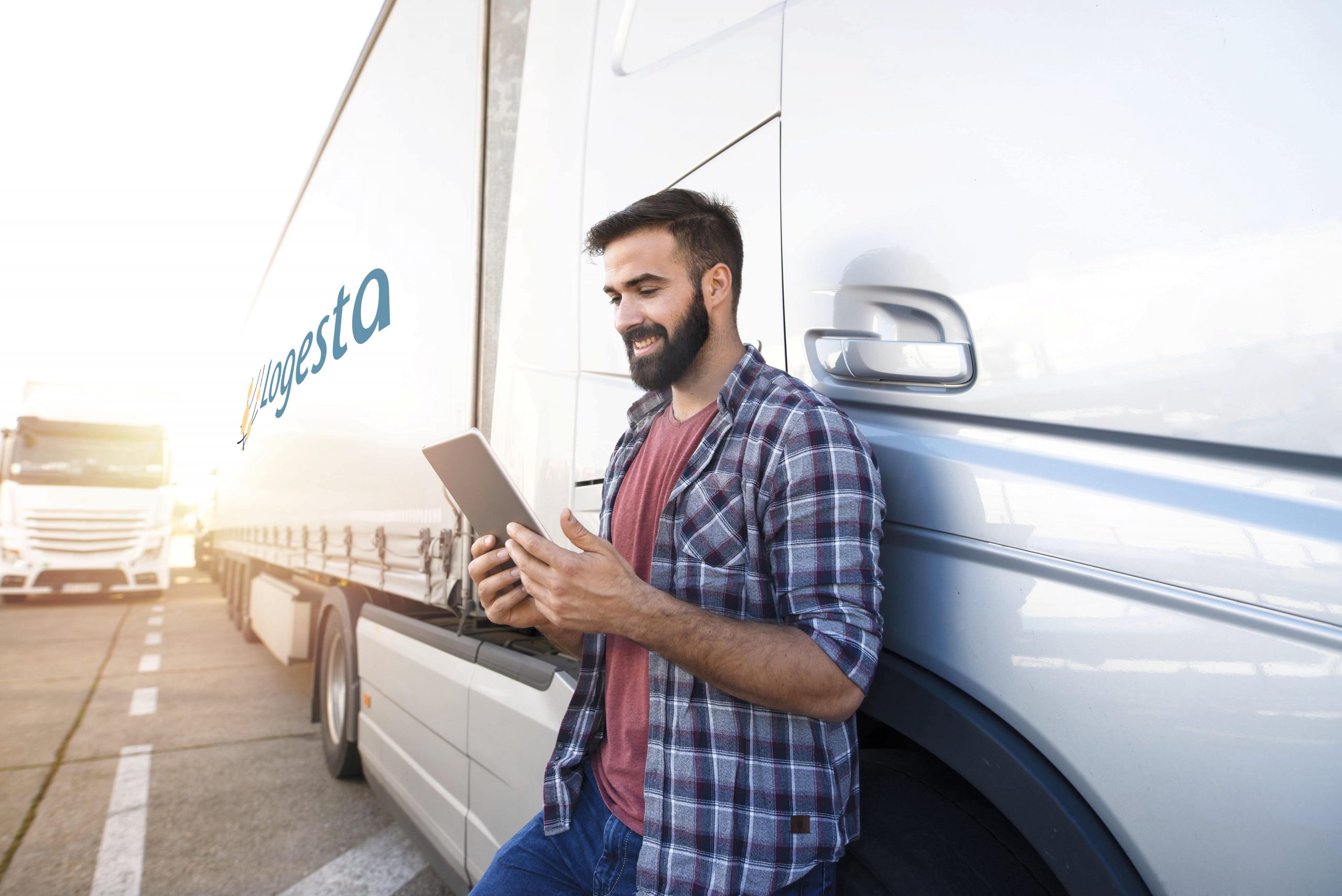Traditionally, vast quantities of paper have been moved around in the transport sector in order to provide verification and keep a record of every single operation carried out, customs and excise documents, files, invoices … and of course, the bill of lading or CMR. All of these documents are required in order to carry out the entire management of transport with security and with all the guarantees necessary. Likewise, compliance with it is obligatory in accordance with existing regulations.
However, and rightly so, one of the worries in the transport sector for a number of years has been to reduce the use of paper. Not so much in eliminating the use of said documents, which are for the most part essential, but in implementing a more digitised use.
Many of these documents are already being used in digital formats, just as the invoices, packing list, and even documents relating to customs and excise operations, which have been required since the 1st of January 2021, for shipments with the United Kingdom as origin/destination, following Brexit. Similarly, the CMR or bill of lading, is also going through a transition in order to change from a paper document into a digital one, called the e-CMR.

With the move to digitisation, the bill of lading or CMR continues to keep its status as the official document that effectively formalises the transport contract between the shipper and the transport company. In fact, it is important to emphasise that on many occasions this contract is agreed between a logistics operator and a transport company, where the logistics operator is not the owner of the goods but is performing the role of shipper in this case.
The CMR document contains all information relating to the goods:
- Date and time
- Addresses (for picking up and delivering)
- Description of the goods
- Information on the transport (vehicle, registration/licence plate, etc.)
- Information relating to the goods if it is “special” (ADR, type, etc.)
- Customs and excise instructions (where required)
The jump to digitising the CMR, permits greater control of transport. The digital document is connected electronically, so its control, by the authorities, (Inland revenue, customs and excise, Ministry of Transport, etc), is much greater. And most importantly, it is a legally valid and recognised document in the vast majority of European countries.
How does the e-CMR work?
The e-CMR works in a very similar way to the “traditional” bill of lading. The information it has to reflect is the same, as well as the structure of the document (boxes to fill in, data, etc), only “registering” or validating this digital document is required.
To be able to register this document, first we need to have a digital platform that allows us to validate it, with many companies existing in the market that already provide this service.
Once we have said service, the e-CMR is activated on the platform, which sends the document to the driver, usually in a format for mobiles or tablets. The driver receives it in the platform’s APP, from where they are then able to use the e-CMR just as they do with the paper bill of lading (signatures, notes, etc). Furthermore, another advantage of the e-CMR is that it allows the driver to add photographs to the document, so that, in the event of bad stowage, breakages etc, there is a photographic record at the time of transport. Another important aspect to bear in mind, is that once transport has been completed, the e-CMR is then available to ALL parties that have been involved. This way, many administrative management tasks are avoided, and the risk of losing the document is reduced to zero. The benefits provided by the digital bill of lading (saving administration costs, accuracy, immediacy of the document, information in real time, or lower administrative costs) mean the commitment to this digitisation is underway throughout the entire sector.
Furthermore, another advantage of the e-CMR is that it allows the driver to add photographs to the document, so that, in the event of bad stowage, breakages etc, there is a photographic record at the time of transport. Another important aspect to bear in mind, is that once transport has been completed, the e-CMR is then available to ALL parties that have been involved. This way, many administrative management tasks are avoided, and the risk of losing the document is reduced to zero. The benefits provided by the digital bill of lading (saving administration costs, accuracy, immediacy of the document, information in real time, or lower administrative costs) mean the commitment to this digitisation is underway throughout the entire sector.
However, despite all the benefits the e-CMR implies, the reality is that its implementation by Europe’s biggest shippers is going very slowly, in fact, we can say that there are still very few that are working with this new digital system. This is due to the fact that these kinds of transformations involve a high number of changes in management and operations, which is something that is difficult to face for companies with a large volume of loads.
In line with our firm commitment to sustainability in the provision of our service, at Logesta we are already prepared technologically for the use of this new digital document. In fact, we are already engaged in projects with various shippers in Europe that are pioneers in the use of the e-CMR. This way, we can get rid of paper and carry out yet another activity that contributes to reducing our carbon footprint.
